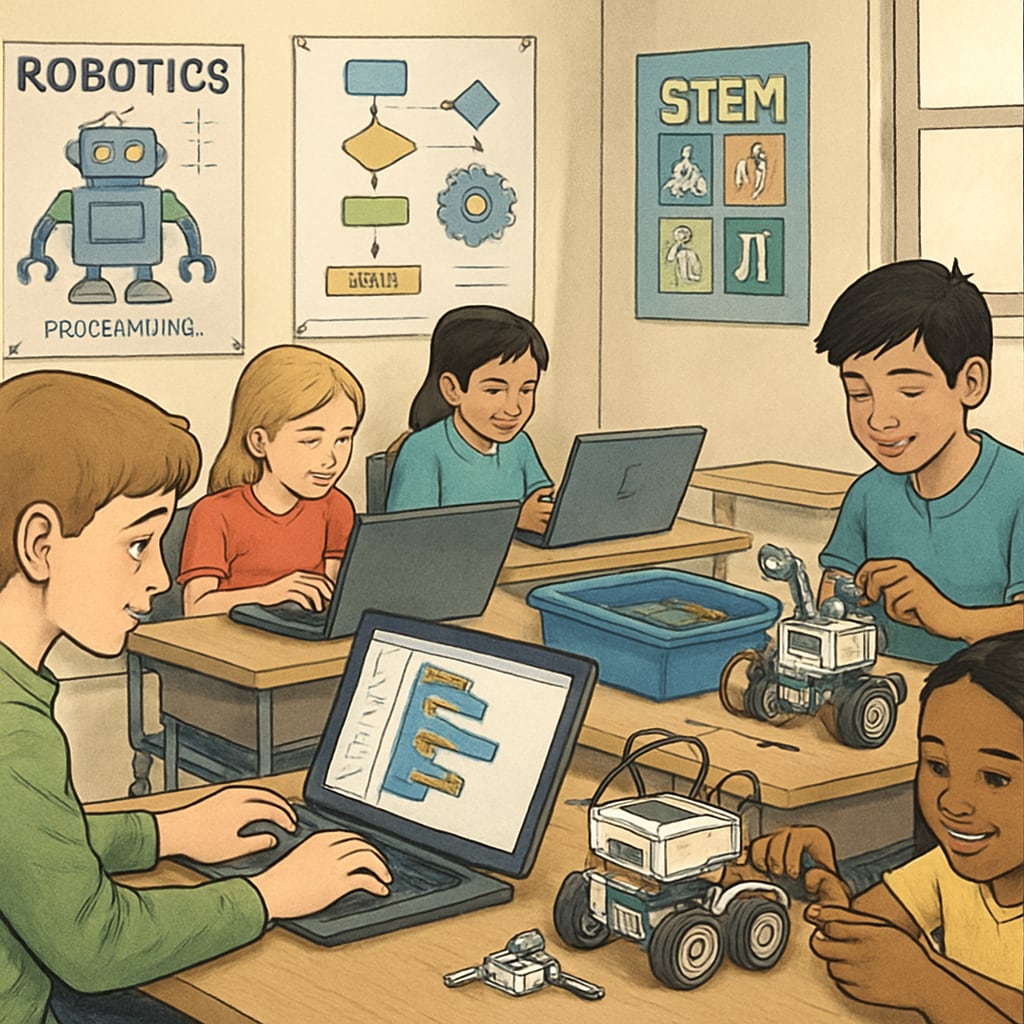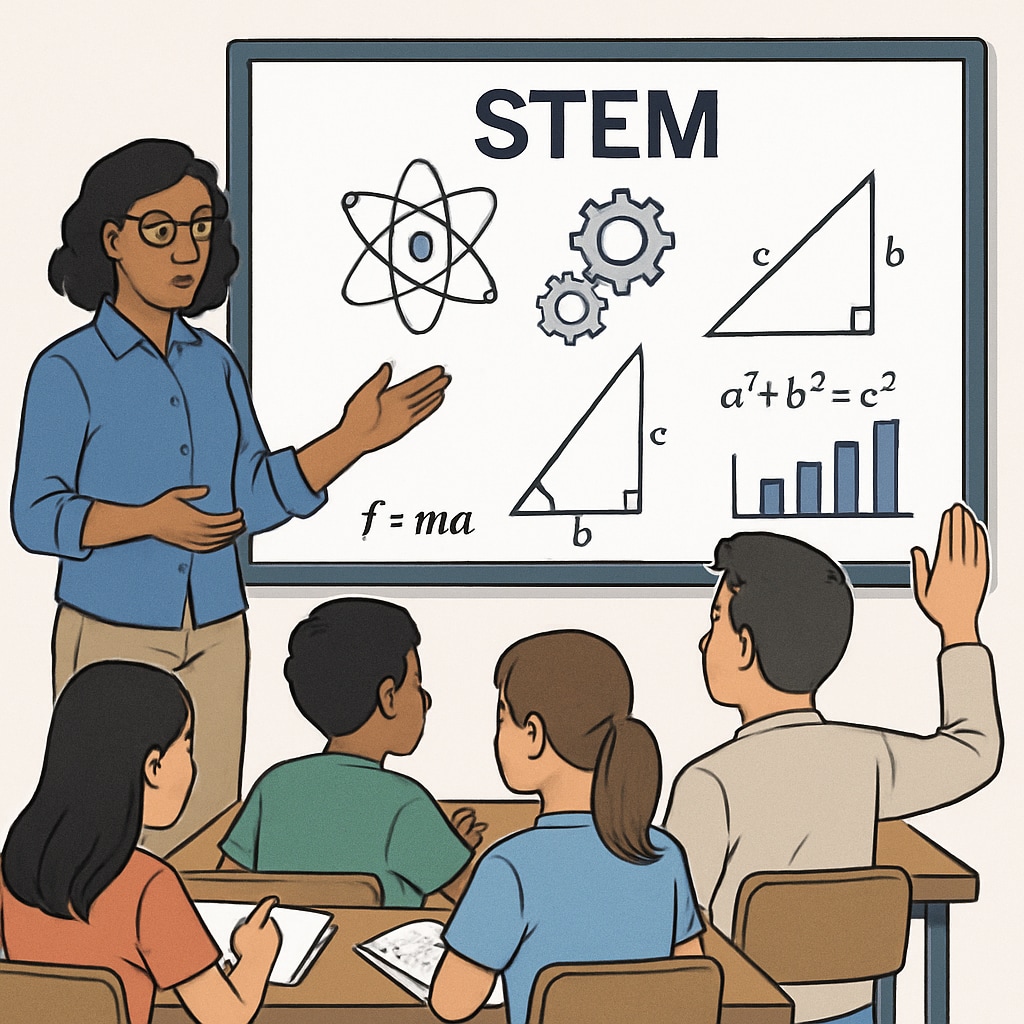American high schools are facing an urgent need for curriculum reform to prepare students for the challenges of the digital age. The current educational structure, with its heavy emphasis on traditional humanities, is increasingly misaligned with the skills demanded by a tech-driven economy. By shifting towards STEM (Science, Technology, Engineering, and Mathematics), as well as incorporating philosophy, rhetoric, and emotional intelligence education, schools can cultivate innovative and adaptable talent ready for the future.

The Case for STEM and Emotional Intelligence in High School Education
STEM education has emerged as a cornerstone for modern learning, offering students the technical and analytical skills required to thrive in industries like technology, healthcare, and engineering. However, high school curricula often fail to provide sufficient exposure to STEM subjects. While humanities remain important for fostering creativity and critical thinking, their current dominance in the curriculum may limit opportunities for students to explore STEM fields.
In addition to STEM subjects, emotional intelligence (EI)—the ability to understand and manage emotions—plays a critical role in professional and personal success. Integrating EI education alongside STEM can enhance students’ teamwork, leadership, and adaptability, qualities that are increasingly valued by employers.
- STEM Skills: Critical thinking, problem-solving, and technological proficiency.
- Emotional Intelligence: Collaboration, empathy, and effective communication.
- Philosophy and Rhetoric: Logical reasoning and persuasive communication.
As a result, a rebalanced curriculum that emphasizes STEM and EI while trimming less relevant humanities topics could better equip students for future challenges.
Reevaluating the Humanities: Striking a Balance
Traditional humanities subjects such as literature, history, and art have long been staples of American high school education. While they contribute to cultural awareness and critical thinking, their overwhelming presence in the curriculum may not align with current workforce demands. Reevaluating and reducing the weight of certain topics in humanities could free up space for STEM, philosophy, and rhetoric courses without entirely sacrificing the benefits of a well-rounded education.

For example, schools could focus on integrating interdisciplinary approaches, such as using literature and history to explore ethical dilemmas in science or technology. This approach not only maintains the importance of humanities but also connects them directly to STEM fields, making them more relevant to students’ future careers.
Practical Steps for Curriculum Reform
Implementing a STEM-focused curriculum requires thoughtful planning and execution. Here are several practical steps schools can take:
- Prioritize STEM Infrastructure: Ensure that schools are equipped with labs, technology, and resources to support STEM education.
- Train Educators: Provide professional development for teachers to effectively deliver STEM and EI content.
- Develop Interdisciplinary Courses: Integrate STEM with humanities to create balanced and relevant learning experiences.
- Engage Stakeholders: Collaborate with parents, educators, and industry leaders to align curriculum objectives with real-world needs.
By adopting these strategies, schools can create a modernized education system that prepares students for both professional success and personal growth.
The Future of High School Education
The demand for STEM-focused curriculum reform highlights a broader shift in education priorities. As technology continues to reshape the economy, schools must adapt to provide students with the skills necessary to succeed in a rapidly changing world. Incorporating STEM, philosophy, rhetoric, and emotional intelligence into high school education is not just a matter of academic efficiency but a critical investment in the future workforce.
Ultimately, striking the right balance between humanities and STEM will ensure that students are both technically proficient and culturally aware, ready to tackle the challenges of the digital age.
Learn more about STEM education on Wikipedia and Britannica’s overview of STEM education.


